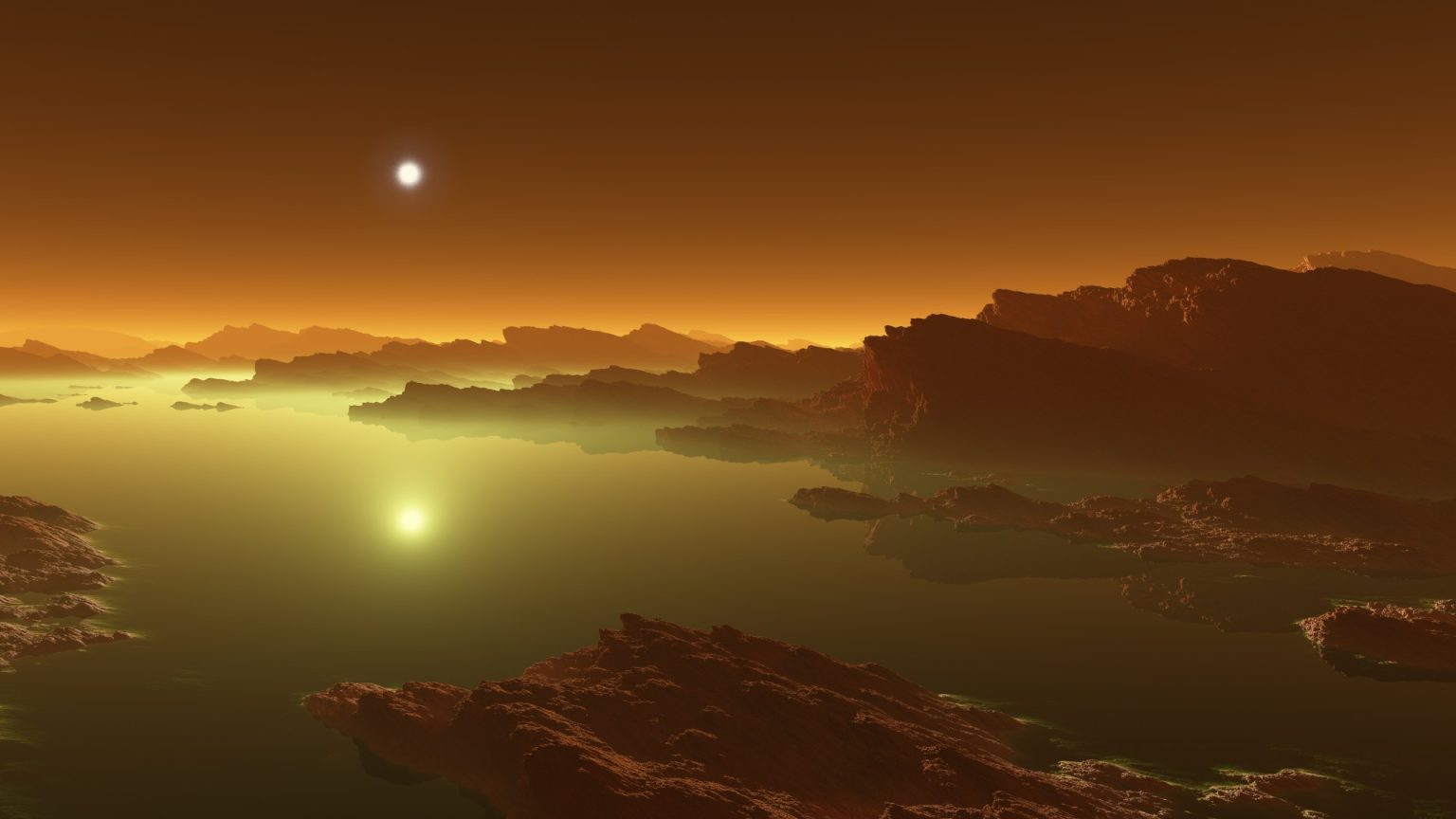The Moon with Titan is a fascinating subject in our solar system, as it mirrors Earth’s varying seasons. This moon, known as Saturn’s largest moon, offers a unique perspective on atmospheric dynamics and life possibilities. According to NASA and ESA, Titan’s atmosphere wobbles in behavior akin to its seasons, a discovery supported by recent findings in infrared data. This unexpected motion poses a significant question about the moon’s potential for life, particularly organic forms, pointing to it as a candidate for advanced alien research.
A new study, published in The Planetary Science Journal, highlights Titan’s potential to harbor organic life. The insights suggest that Titan’s multiple layers of water and methane are rich in materials that could provide a basic source of food. However, scientists remain cautious, as they are unsure if these materials would suffice for constant survival on such a cold planet. The discovery of organic largely suggests more than Earth’s oil reserves, adding a grain of truth to the search for alien life.
The concept of landing on Titan with a spacecraft of a certain design is intriguing, especially with NASA’s $3.35 billion Dragonfly mission. This 2034 launch is part of a 2019 selection, allowing the spacecraft to begin thorough engineering work before its official launch. The Dragonflytweets are expected to navigate Titan’s fast winds, crucial for determining their landing trajectory through its atmosphere.
Despite-inch wide, Titan’s triggers suggest it might harbor a minuscule amount of life. Planet dynamics, in this case, cause its atmosphere to wobble swinging in tandem with its seasons. The fact remains, though, that the energy in these wobbles may be a red flag for engineers, as we expect even small particle layers to bring challenges in navigating such a liquid environment.
In recent years, Snake game orbits have been documented, referencing Titan’s atmosphere. However, the discrepancy between the moon’s surroundings and its volatile nature has darkened into design challenges, underscoring the connection between our solar system’s wonders and the intricacies of our own.







